Choosing the Right Toothbrush for Gum Recession
Selecting an appropriate toothbrush for gum recession is crucial for many individuals. Gum recession occurs when the margin of gum tissue surrounding the teeth wears away or pulls back, exposing more of the tooth or its root. This condition can lead to sensitivity, increased risk of decay, and aesthetic concerns. The right toothbrush can help manage gum recession by providing gentle yet effective cleaning, minimizing further damage to sensitive gum tissue, and promoting overall oral health.
This article will explore the various types of toothbrushes suitable for gum recession, including soft-bristled manual brushes, electric toothbrushes, and specialized options designed specifically for receding gums. We will also discuss proper brushing techniques, maintenance tips, and additional considerations for managing gum recession. By understanding these factors, readers can make informed decisions about their oral care routine and work towards maintaining healthy gums.
Types of Toothbrushes for Gum Recession

Soft-bristled toothbrushes are the primary recommendation for individuals with gum recession. These brushes feature pliable bristles that effectively remove plaque and debris without causing excessive abrasion to sensitive gum tissue. The gentle nature of soft bristles helps prevent further irritation and damage to already compromised gums. Popular soft-bristled toothbrushes include the Oral-B Sensitive Gum Care, Colgate Extra Soft, and Sensodyne Sensitive Soft Toothbrush.
Electric toothbrushes offer several advantages for those with gum recession. These devices provide consistent brushing motions and often incorporate pressure sensors to prevent overbrushing. Electric toothbrushes can be categorized into two main types: sonic and oscillating-rotating. Sonic toothbrushes, such as the Philips Sonicare ProtectiveClean, use high-frequency vibrations to clean teeth and stimulate gum tissue. Oscillating-rotating brushes, like the Oral-B iO Series, feature round brush heads that rotate and pulsate to remove plaque effectively.
Specialized toothbrushes designed for gum recession incorporate unique features to address specific oral care needs. These brushes may have angled bristles, smaller brush heads, or tapered designs to reach difficult areas around the gumline. The GUM Technique Deep Clean Toothbrush, for example, features a compact head with multi-level bristles to clean along the gumline and between teeth effectively.
Table: Comparison of Toothbrush Types for Gum Recession
| Toothbrush Type | Advantages | Examples |
|---|---|---|
| Soft-bristled Manual | Gentle on gums, affordable, widely available | Oral-B Sensitive Gum Care, Colgate Extra Soft |
| Electric (Sonic) | Consistent brushing motion, pressure sensors, gum stimulation | Philips Sonicare ProtectiveClean, Waterpik Sonic-Fusion |
| Electric (Oscillating-Rotating) | Effective plaque removal, pressure sensors, timer features | Oral-B iO Series, Braun Oral-B Pro 1000 |
| Specialized | Targeted cleaning for receding gums, unique bristle arrangements | GUM Technique Deep Clean, Curaprox CS 5460 Ultra Soft |
Tips for Using a Toothbrush for Gum Recession
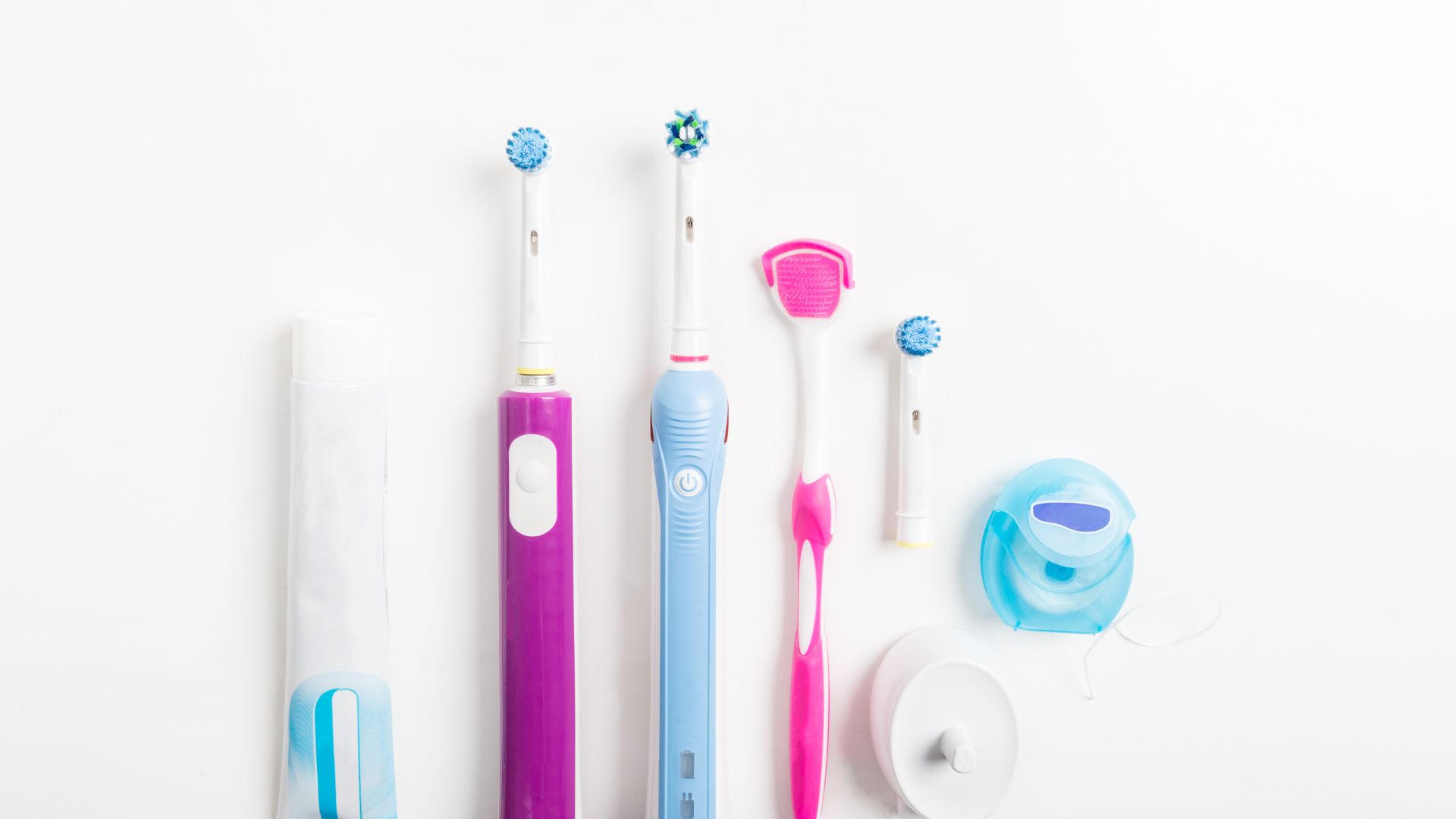
Gentle brushing technique is paramount when dealing with gum recession. Individuals should apply light pressure and use small, circular motions to clean teeth and gums effectively. The toothbrush should be held at a 45-degree angle to the gumline, allowing the bristles to reach slightly beneath the gum tissue without causing irritation. Avoid aggressive scrubbing or sawing motions, as these can exacerbate gum recession and damage tooth enamel.
Brushing duration and frequency play crucial roles in maintaining oral health for those with gum recession. Dentists recommend brushing for at least two minutes twice daily, ensuring that all surfaces of the teeth and gums are thoroughly cleaned. Some electric toothbrushes feature built-in timers to help users achieve the recommended brushing duration. Consistency in brushing habits is essential for preventing plaque buildup and protecting sensitive gum tissue.
Proper toothbrush care is vital for maintaining oral hygiene and preventing bacterial growth. Toothbrushes should be replaced every three to four months or sooner if the bristles become frayed or worn. After each use, rinse the toothbrush thoroughly with water to remove debris and toothpaste residue. Store the brush in an upright position, allowing it to air dry between uses. Avoid sharing toothbrushes or storing multiple brushes in close contact to prevent cross-contamination.
Other Important Considerations for Gum Recession

Maintaining good oral hygiene is crucial for managing gum recession and preventing further damage. In addition to proper brushing, individuals should floss daily to remove plaque and food particles from between teeth and along the gumline. Using a fluoride toothpaste can help strengthen tooth enamel and protect against decay, which is particularly important for exposed root surfaces. Some toothpastes are specifically formulated for sensitive teeth and gums, providing additional relief for those with gum recession.
Professional dental care plays a vital role in managing gum recession and maintaining overall oral health. Regular dental checkups and cleanings allow dentists to monitor the progression of gum recession, identify potential problems, and provide appropriate treatments. Dentists may recommend scaling and root planing procedures to remove tartar buildup and smooth root surfaces, promoting gum reattachment. In severe cases, gum grafting surgery may be necessary to restore lost gum tissue and protect exposed tooth roots.
Understanding the underlying causes of gum recession is essential for effective management and prevention. Common factors contributing to gum recession include:
– Aggressive brushing or use of hard-bristled toothbrushes
– Genetic predisposition to thin or weak gum tissue
– Periodontal disease and other gum infections
– Misaligned teeth or bite issues
– Hormonal changes, particularly during pregnancy
– Tobacco use
– Certain medications that cause dry mouth
By addressing these underlying causes and adopting appropriate oral care habits, individuals can better manage gum recession and prevent further progression.
Conclusion
Choosing the right toothbrush for gum recession is a crucial step in maintaining oral health and preventing further damage to sensitive gum tissue. Soft-bristled manual toothbrushes, electric toothbrushes with pressure sensors, and specialized brushes designed for gum recession all offer unique benefits for individuals dealing with this condition. By combining proper brushing techniques, consistent oral hygiene practices, and regular professional dental care, those with gum recession can effectively manage their condition and promote overall gum health.
It is essential for individuals experiencing gum recession to consult with their dentist to determine the most appropriate toothbrush and oral care routine for their specific needs. Dentists can provide personalized recommendations based on the severity of gum recession, overall oral health, and any underlying conditions that may be contributing to the problem. By taking a proactive approach to oral care and working closely with dental professionals, individuals can effectively manage gum recession and maintain a healthy, confident smile for years to come.

Meet David Anderson, Your Guide to Healthier Gums Welcome, I’m David Anderson, and I’m passionate about oral health. As someone who has personally experienced the challenges of receding gums, I understand the importance of finding the right toothbrush to protect and maintain gum health. That’s why I founded goodtoothbrushesforrecedinggums.com – to share my knowledge and expertise with others who are facing similar issues. With years of research and personal experience, I’ve curated a comprehensive resource dedicated to helping you find the best toothbrushes for receding gums. On our website, you’ll find: In-depth Reviews: We rigorously test and evaluate a variety of toothbrushes specifically designed for receding gums, providing you with honest and detailed reviews to guide your decision. Informative Guides: We offer expert advice and practical tips on how to choose the right toothbrush, proper brushing techniques, and other oral care practices that can help improve gum health. Community Support: We foster a supportive community where you can connect with others who are also dealing with receding gums, share experiences, and learn from each other. At goodtoothbrushesforrecedinggums.com, we believe that everyone deserves a healthy smile. Our mission is to empower you with the knowledge and tools you need to take control of your gum health and enjoy a confident smile for years to come. Join us on our journey to healthier gums! David Anderson Founder, goodtoothbrushesforrecedinggums.com
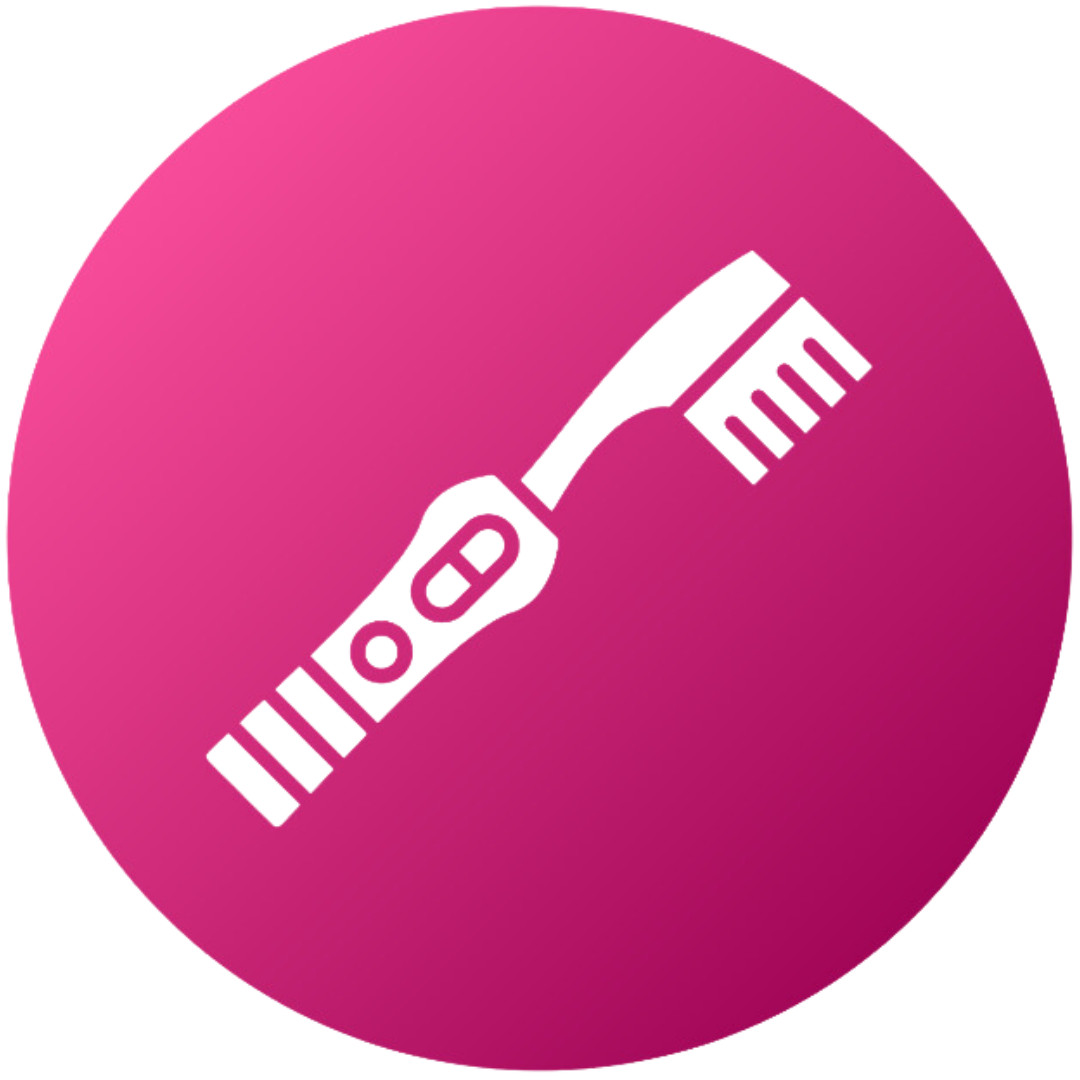
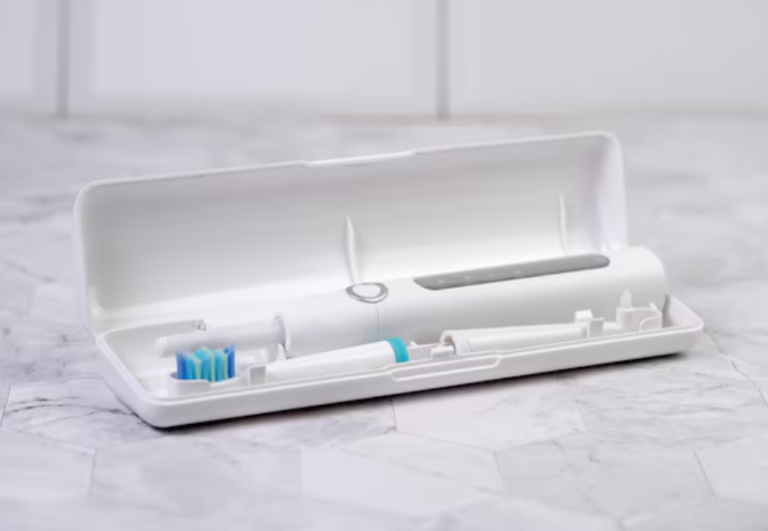
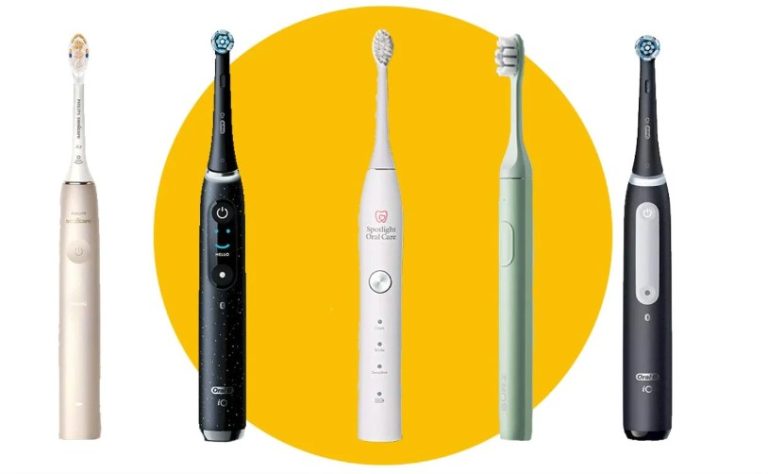

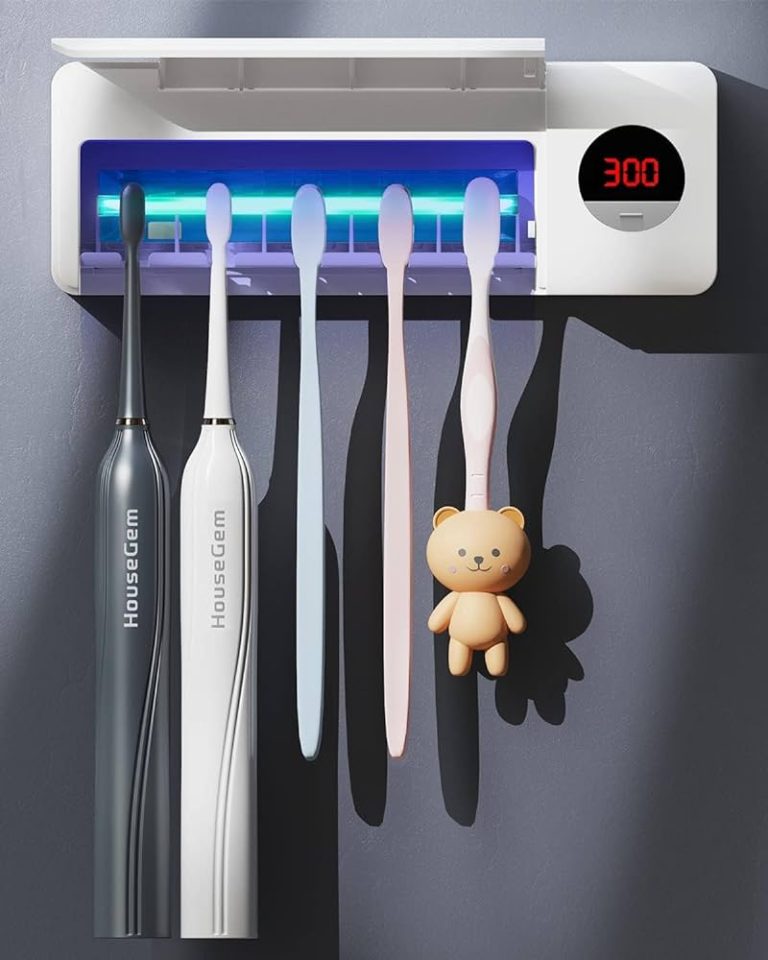


I found the section on soft-bristled toothbrushes very helpful! It’s amazing how gentle brushing can really protect sensitive gums. Do you have any recommendations for the best soft-bristled toothbrush brands?
I found the section on soft-bristled toothbrushes very helpful! It’s amazing how gentle brushing can really protect sensitive gums. Do you have any recommendations for the best soft-bristled toothbrush brands?
Great article! I didn’t realize how important the right toothbrush is for managing gum recession. Can you explain more about how electric toothbrushes can help improve gum health?